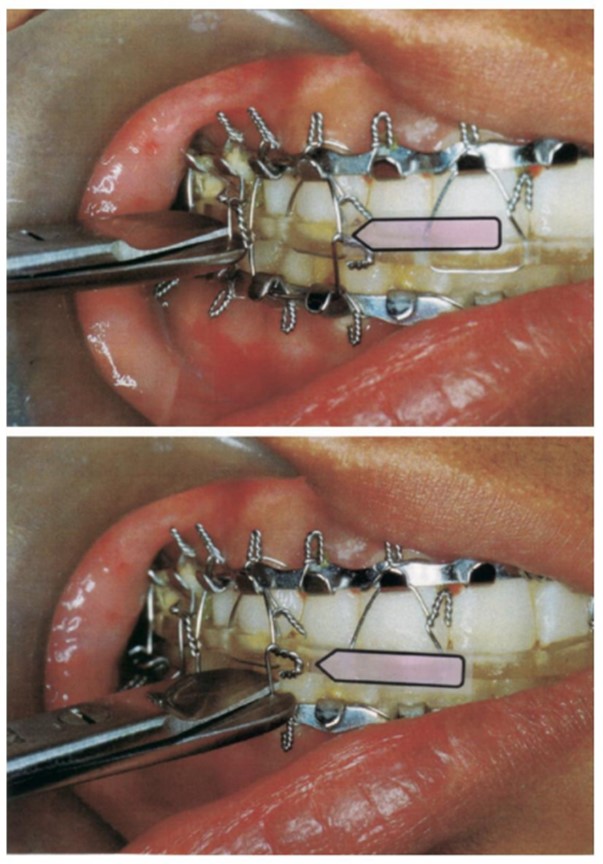A nurse is caring for a client who is postoperative following an intermaxillary fixation as a result of multiple facial fractures. Which of the following types of equipment should the nurse plan to have at the client's bedside?

IV infusion pump
Wire cutters
NG tube
Urinary catheter tray
The Correct Answer is B
A. An IV infusion pump may be needed for intravenous therapy but is not specific to postoperative care following intermaxillary fixation.
B. This option is correct. Wire cutters are essential equipment in case of an emergency that requires the removal of the fixation wires.
C. An NG tube may be necessary for nutritional support, but it is not directly related to postoperative care following intermaxillary fixation.
D. A urinary catheter tray is not specific to postoperative care following intermaxillary fixation and may not be a priority in this situation.
Nursing Test Bank
Naxlex Comprehensive Predictor Exams
Related Questions
Correct Answer is C
Explanation
A. Bradycardia - This is a slow heart rate and is not a typical manifestation of acute osteomyelitis.
B. Numbness of toes on the affected foot - Numbness may be associated with nerve involvement but is not a classic manifestation of acute osteomyelitis.
C. Localized erythema - This is a characteristic sign of acute osteomyelitis. It indicates inflammation and infection in the affected area.
D. Hypothermia - This is a low body temperature, which is not typically associated with acute osteomyelitis.
Correct Answer is C
Explanation
A. Stating that ibuprofen is the first step in medication therapy for osteoarthritis is not an accurate statement. Medication choices should be made in consultation with a healthcare provider, and different medications may be prescribed based on individual needs.
B. Elevating the legs with pillows is generally not a specific intervention for osteoarthritis in the knees. While elevation can help with other conditions, it is not a primary recommendation for managing knee osteoarthritis.
C. Using either heat or ice can be helpful in relieving discomfort associated with osteoarthritis. This statement indicates an understanding of self-care strategies for managing symptoms.
D. Limiting physical activity is not typically recommended for osteoarthritis management. In fact, regular and appropriate physical activity can be beneficial for maintaining joint function and reducing pain in individuals with osteoarthritis.
Whether you are a student looking to ace your exams or a practicing nurse seeking to enhance your expertise , our nursing education contents will empower you with the confidence and competence to make a difference in the lives of patients and become a respected leader in the healthcare field.
Visit Naxlex, invest in your future and unlock endless possibilities with our unparalleled nursing education contents today
Report Wrong Answer on the Current Question
Do you disagree with the answer? If yes, what is your expected answer? Explain.
Kindly be descriptive with the issue you are facing.
